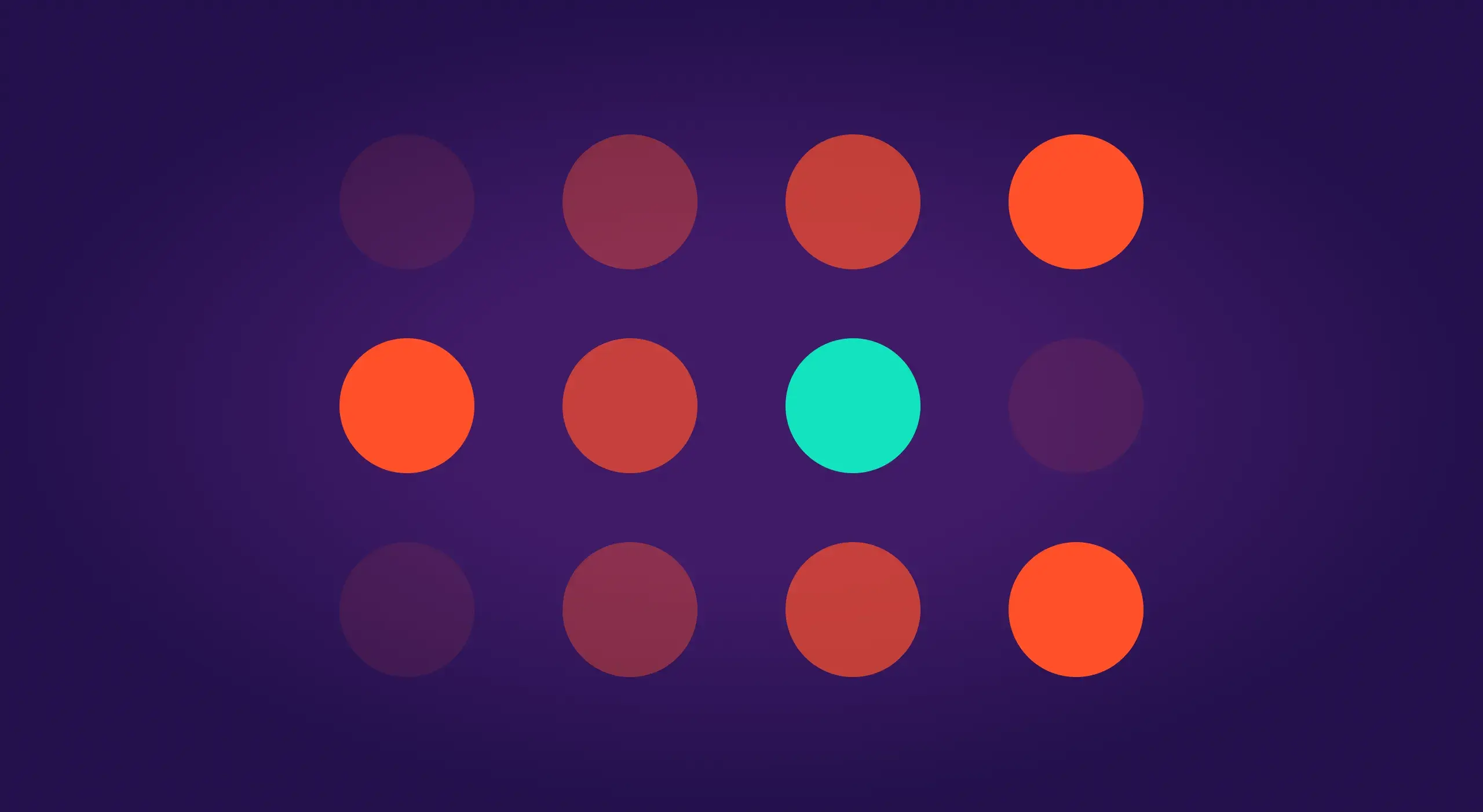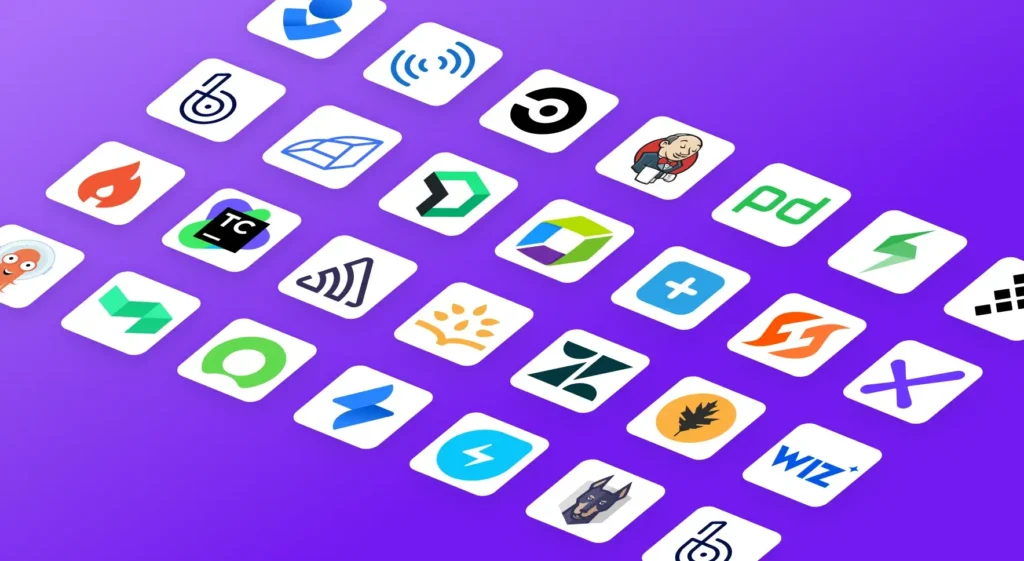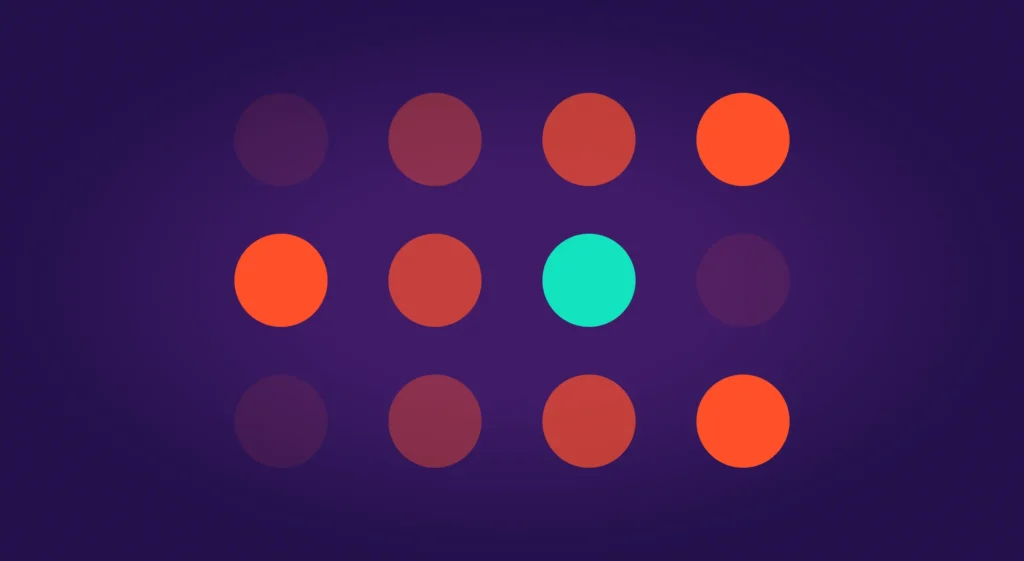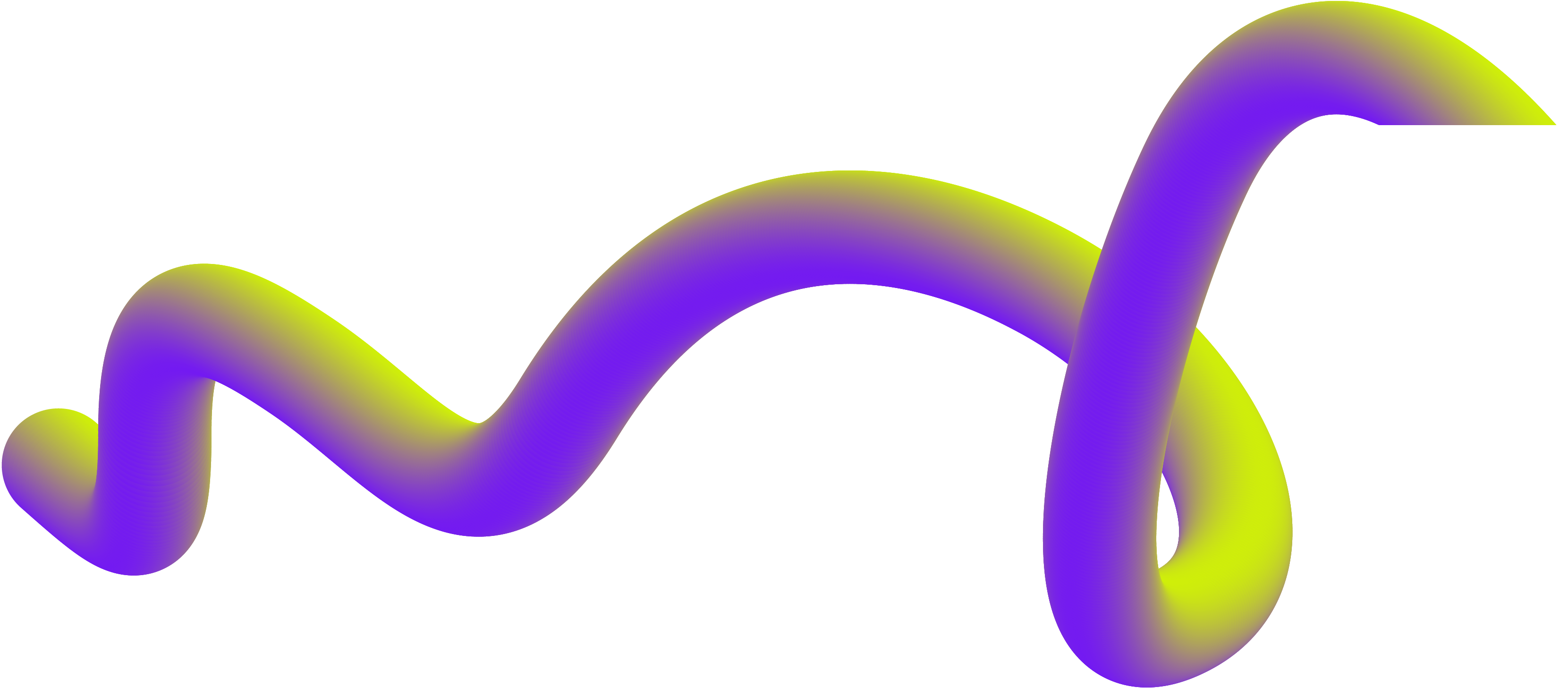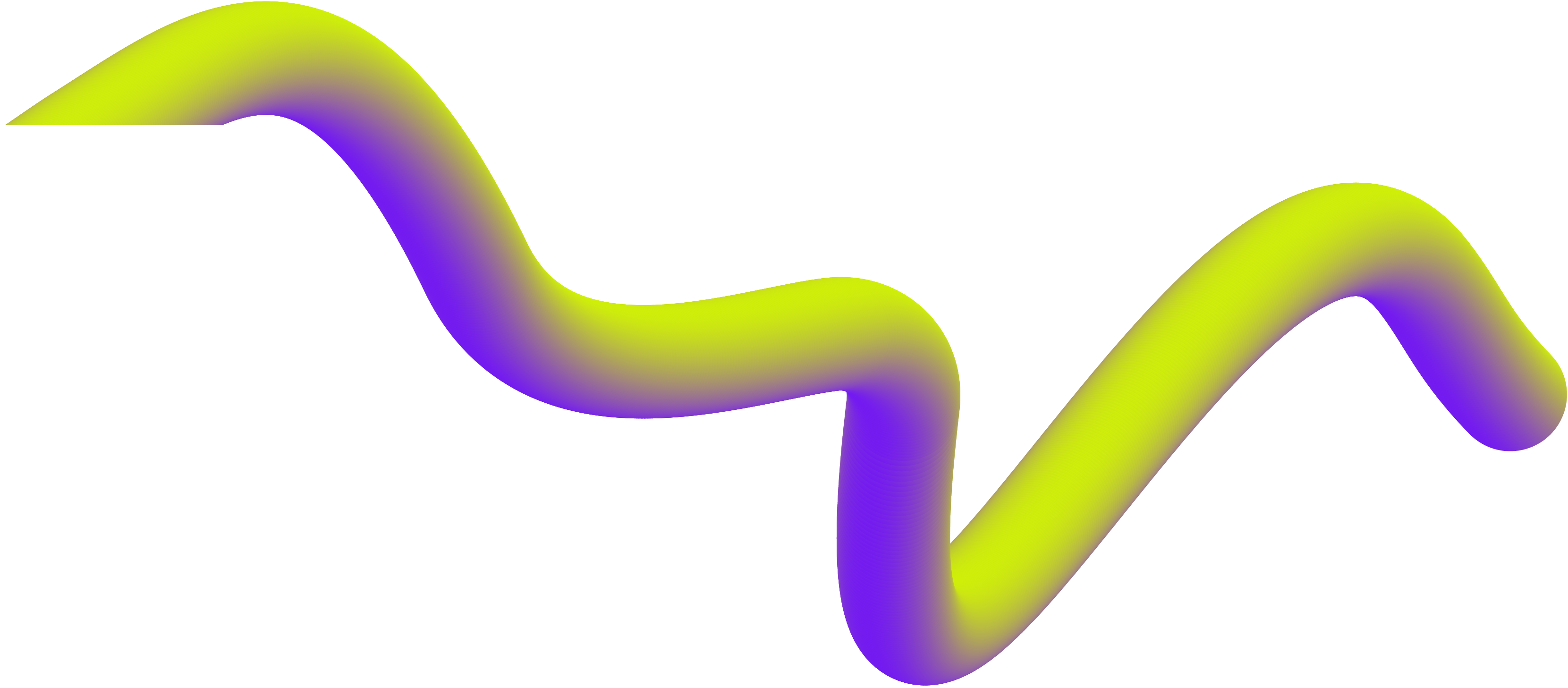Sleek dashboards. Compelling metrics. Academic frameworks. It’s easy to get swept up in the hype when evaluating developer productivity tools. But real value doesn’t come from what a platform shows – it comes from what it enables and the outcomes it delivers.
The most powerful insights don’t just answer “what happened,” but help teams understand why it happened – and what they can do about it to improve moving forward. Unfortunately, many tools fall short of that promise.
Here are five common red flags 🚩 to look out for when evaluating developer productivity platforms – and how Jellyfish sets itself apart.
R&D Planning & Delivery Management
1. No R&D Planning or Delivery Management Capabilities
One of the most significant gaps to watch for is the absence of capacity planning or delivery support. Many tools can visualize engineering activity, but fail to translate that work into actionable insights. Without a strong connection to work tracking systems or a meaningful understanding of project structure, these platforms leave engineering leaders asking:
- Are we on track?
- How much effort remains?
- What’s at risk?
When planning is disconnected from productivity data, execution suffers.
The Jellyfish Difference
Jellyfish closes the gap between activity and outcomes with:
- A patented work model that provides accurate representations of engineering efforts
- AI-driven categorization that surfaces real work patterns
- Deep support for Jira complexity, enabling rich integrations
- Flexible categorization that supports multiple, overlapping dimensions of work (e.g., by initiative, team, CapEx, etc.)
Metrics
2. Subjective Metrics Presented as Objective Insights
Many platforms lean heavily on developer sentiment surveys – valuable in some contexts, but risky when presented as truth. Claims like “Productivity increased by 30%” are often based on self-reported responses, not actual delivery data.
While capturing developer experience and sentiment is important to maintaining morale and responsiveness to your team, this kind of subjectivity can mislead decision-makers, giving the illusion of progress without a clear link to business impact.
The Jellyfish Difference
Jellyfish is built on objective data and deep analytics:
- AI-powered insights that detect trends and bottlenecks across systems
- Work-model driven diagnostics to identify risks and inefficiencies
- Built-in goal setting and tracking to align teams on outcomes
- Auto-mapping to customer workflows, removing the need for complex customization
- Benchmarks from over 500 companies, providing credible context for performance
Work Categorization
3. Flat Work Categorization That Limits Visibility
When a developer productivity tool lacks structure in how it categorizes engineering work, leaders are left uncontextualized data. This often leads to manual tagging and limited visibility into strategic priorities – making it impossible to answer questions like:
- How is engineering time really being spent?
- Are we prioritizing the right work?
- What’s driving business value?
And if a tool only allows one dimension of categorization, deeper insights across multiple initiatives or investments are simply out of reach.
The Jellyfish Difference
Jellyfish enables multidimensional, actionable insights:
- Capacity Planner to align work against team availability and investment mix
- Rich deliverable-based work categories tied directly to business goals
- Projected delivery dates and forecast visibility
- Scenario planning to model impact of scope or priority changes
- Automated risk detection and dashboard-level alerts for in-flight deliverables
- Status tracking built to reflect real-time team progress
Customization
4. Customization That’s Costly and Hard to Scale
Some tools offer broad customization – build-your-own dashboards, define-your-own metrics. It sounds empowering, but quickly becomes burdensome. Teams diverge. Metrics drift. Definitions fragment and the maintenance work piles up.
As companies grow, that DIY approach becomes untenable. It’s harder to compare teams, align on strategy, or act on insights.
The Jellyfish Difference
Jellyfish balances flexibility with consistency:
- Prebuilt, opinionated analytics grounded in engineering best practices
- Standardized metric definitions across teams for reliable benchmarks
- Intelligent automation that minimizes manual setup and maintenance
- Centralized visibility that scales with your organization
CapEx Tracking
5. Immature or Non-Compliant CapEx Tracking
Capitalizable work tracking is no longer optional for many engineering organizations – it’s a financial imperative. But some platforms are still playing catch-up, offering rudimentary features without audit-ready compliance. That’s risky for any company, but especially public organizations subjected to added scrutiny.
CapEx capabilities must go beyond surface-level tagging. They need structure, accuracy, and defensibility.
The Jellyfish Difference
Jellyfish leads in compliance and credibility:
- SOC 1 Type II certified, ready for enterprise-grade audits
- Established install base that includes publicly traded and SOX-compliant companies
- Trusted by customers audited by Big 4 firms
- Proven effort modeling and DFO support for capitalizable work at scale
Final Thoughts
Final Thoughts
The best developer productivity tools don’t just help you look back – they help you move forward. It’s not about dashboards or charts. It’s about making better decisions, focusing on the right work, and connecting engineering performance to business outcomes.
So ask the hard questions:
- Can this tool tell me if we’re delivering?
- Can it show me what’s at risk?
- Can it help us course-correct?
If not, it might be time to look elsewhere. Jellyfish was built to answer these questions and more to give engineering leaders like you the clarity needed to lead.
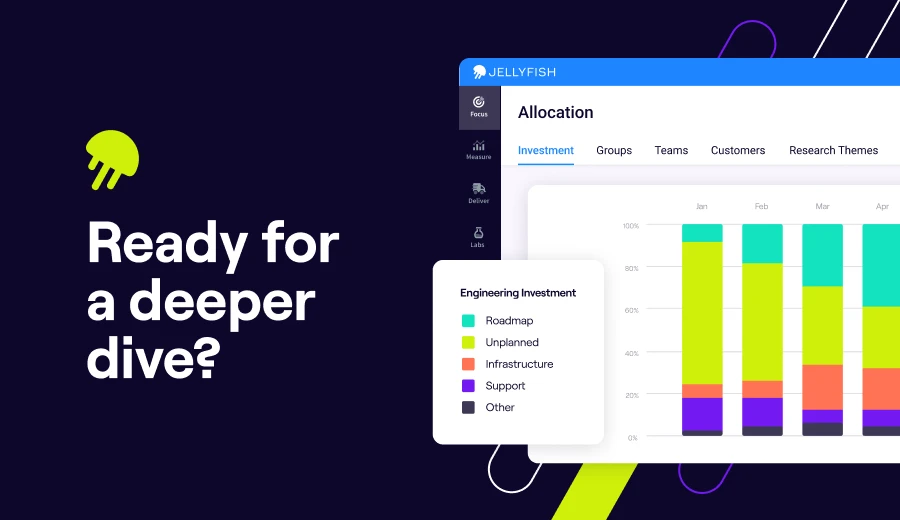
Ready to boost your developer productivity?
Learn how Jellyfish can transform your engineering org. Get a demo here.
Get a DemoAbout the author

Lauren is Senior Product Marketing Director at Jellyfish where she works closely with the product team to bring software engineering intelligence solutions to market. Prior to Jellyfish, Lauren served as Director of Product Marketing at Pluralsight.
